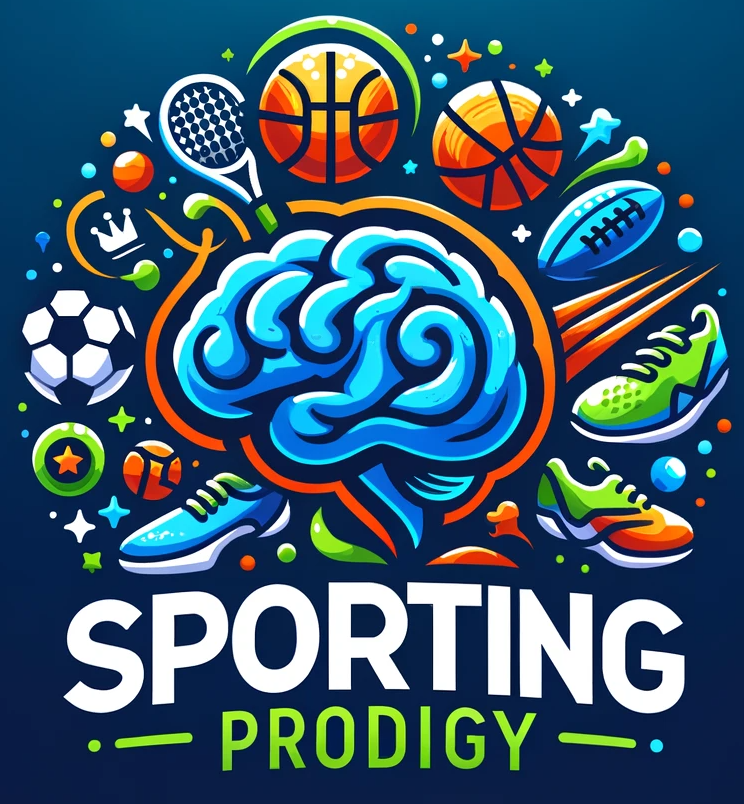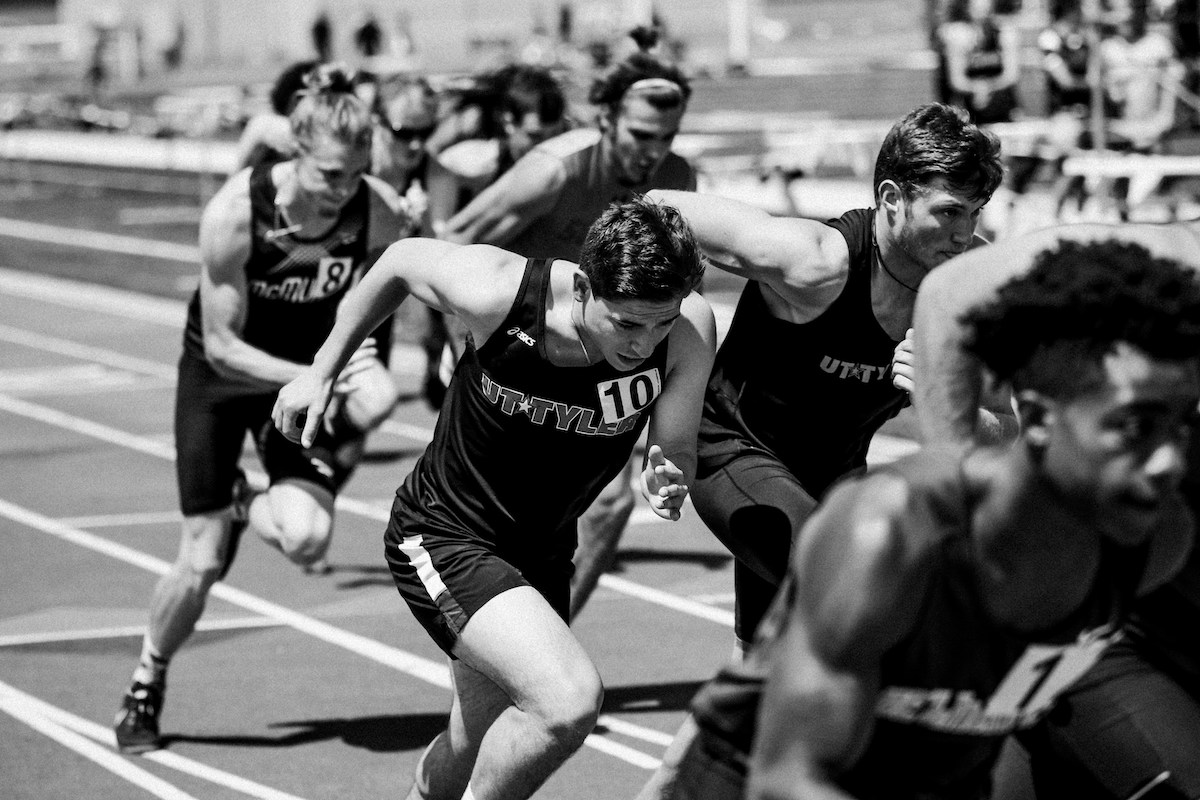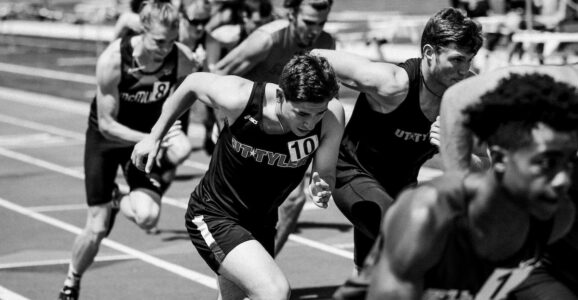In the realm of psychology and performance enhancement, Arousal Regulation Theory stands as a foundational concept, shedding light on how individuals modulate their arousal levels to achieve optimal performance across different domains of life. Whether it’s athletes preparing for a crucial match, students gearing up for an exam, or professionals delivering high-stakes presentations, understanding and effectively applying arousal regulation techniques can make a significant difference in outcomes. In this article, we delve into the principles, mechanisms, and practical applications of Arousal Regulation Theory.
What is Arousal Regulation Theory?
At its core, Arousal Regulation Theory posits that optimal performance occurs within a specific range of arousal levels. This theory suggests that arousal, often described as a state of physiological and psychological activation, influences an individual’s performance in tasks requiring attention, concentration, and skill execution. However, the relationship between arousal and performance is not linear; instead, it follows an inverted-U shape curve.
The Inverted-U Curve
The inverted-U curve illustrates the relationship between arousal and performance. At low levels of arousal, performance tends to be suboptimal due to lack of motivation, focus, and energy. As arousal increases, performance improves, reaching an optimal point where individuals are alert, attentive, and capable of executing tasks effectively. Beyond this optimal point, however, further increases in arousal lead to diminishing returns, resulting in decreased performance, anxiety, and errors.
Factors Influencing Arousal Levels
Numerous factors can influence an individual’s arousal levels, including:
- Task Complexity: Tasks varying in complexity may require different arousal levels for optimal performance. For example, simple tasks may benefit from higher arousal levels, while complex tasks may demand lower arousal to maintain focus and cognitive processing.
- Personal Characteristics: Each individual has a unique arousal threshold influenced by factors such as personality traits, past experiences, and genetic predispositions. Some individuals may thrive under high arousal conditions, while others may perform better in calmer environments.
- Environmental Stimuli: External factors, such as noise, competition, or time pressure, can influence arousal levels. Understanding how environmental stimuli affect arousal is crucial for optimizing performance in various contexts.
Strategies for Arousal Regulation
Arousal regulation involves the conscious effort to manage arousal levels to achieve peak performance. Several strategies can help individuals modulate their arousal effectively:
- Deep Breathing and Relaxation Techniques: Deep breathing exercises, progressive muscle relaxation, and mindfulness meditation can help reduce arousal levels by activating the body’s relaxation response. These techniques promote calmness, clarity of mind, and emotional regulation.
- Visualization and Mental Rehearsal: Visualizing successful performance scenarios can enhance self-confidence and reduce anxiety, thereby optimizing arousal levels. Mental rehearsal allows individuals to mentally prepare for challenges, enhancing focus and readiness.
- Attentional Focus: Directing attention to relevant cues and blocking out distractions can regulate arousal by maintaining optimal levels of alertness and concentration. Techniques such as selective attention training and attentional control exercises can improve focus and performance.
- Biofeedback: Biofeedback techniques provide real-time feedback on physiological indicators of arousal, such as heart rate variability or skin conductance. By monitoring these signals, individuals can learn to regulate their arousal responses and achieve optimal performance states.
- Cognitive Restructuring: Cognitive restructuring involves identifying and challenging negative thought patterns and beliefs that contribute to excessive arousal or performance anxiety. By replacing unhelpful thoughts with positive affirmations and adaptive coping strategies, individuals can manage arousal more effectively.
Practical Applications
Arousal Regulation Theory finds practical applications across various domains:
- Sports Performance: Athletes use arousal regulation techniques to optimize their performance during training and competitions. By maintaining an optimal balance of arousal, athletes can enhance their focus, decision-making, and execution of skills.
- Academic Performance: Students can benefit from arousal regulation strategies to manage test anxiety and improve concentration during exams. Techniques such as relaxation exercises and visualization can help alleviate stress and enhance cognitive performance.
- Workplace Productivity: Professionals facing high-pressure situations, such as presentations or negotiations, can use arousal regulation techniques to stay calm and focused. By managing arousal levels, individuals can boost productivity, creativity, and resilience in demanding work environments.


